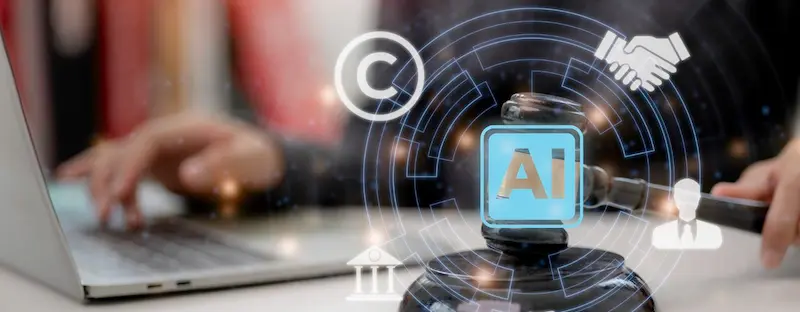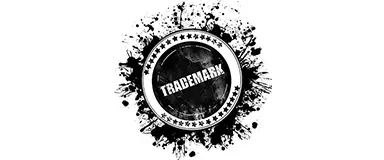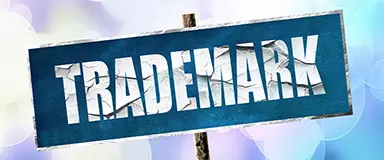Complete step-by-step guide to registering a trademark with the USPTO in 2025. Learn filing requirements, costs ($350 base fee), timelines (12-18 months), and maintenance requirements.
AI vs. Your Trademark: Why Small Businesses Need to Act Now
Written by Adrian Torres ·

Imagine a competitor using an AI tool to generate a logo that looks suspiciously similar to yours. And it’s done in seconds, not the hours it usually takes a pro graphic designer, using just a simple text prompt like “create a modern tech logo with blue and green elements.” AI can produce designs that might confuse your customers about who’s behind a product or service.
AI tools like DALL-E and Midjourney, and even the dedicated logo generators out there, are making it practically effortless for anyone to create content that could infringe on your trademark, often without even realizing it. So let’s delve into what that means for the future of your business.
When Big Brands Face AI Challenges
Of course, one of the few occasions where you hear AI popping up in the news is when it involves large companies.
Disney, for example, encountered this problem firsthand in late 2023. Social media users were having fun using Microsoft’s Bing AI to create “Pixar-style” images of their pets. Most people thought it was harmless fun, but Disney’s concern wasn’t the pet portraits themselves. The company thought the AI might accidentally include the Disney-Pixar logo in these images, creating trademark infringement.
And another large legal fight is happening between Getty Images and Stability AI. Getty sued because Stability AI trained its image generator on millions of Getty’s watermarked photos, claiming that some of the generated images included a distorted watermark among other artifacts. Stability tried to get the charges dropped, but it proceeded to trial anyway. What’s more worrisome is that Getty had to drop the initial copyright claims, using secondary infringement (as it pertains to marketing and distribution, among other things) to continue its legal fight.
These cases showcase how AI can lead to “trademark dilution.” Simply put, AI generators can get so much similar content out there that a brand can lose practically all of its distinctiveness.
What Does This Mean for Small Businesses?
You might be thinking that this is a big-league problem reserved for the widely-known trademarks. However, small businesses might be particularly vulnerable to the proliferation of AI as well.
Traditional trademark infringement required human effort or mistakes, as someone had to deliberately (or inadvertently) copy your logo or brand name. In the “olden days,” these mistakes could likely be caught with simple searches, as the lack of AI meant there was less uncertainty over what images were generated and what weren’t. Now, AI can generate thousands of variations in minutes. A competitor (or even someone with no bad intentions) can:
- Create dozens of logo variations similar to yours
- Generate business names that sound like your brand
- Produce marketing materials that mimic your style
- Test different combinations until they find something that might confuse customers
And even if you use an AI tool, you might be putting yourself at risk of infringing on a copyright.
For example, you might use an AI to design a logo for your startup. The AI was naturally trained on thousands upon thousands of logos, all belonging to existing businesses. AI makes it so easy to create content that businesses skip the usual trademark clearance checks they’d normally do for expensive, human-created designs. But you have few ways of knowing just how original the design is.
The Double-Edged Sword of AI
The good news is that the same technology that creates problems can also lead to solutions that small businesses can actually afford.
Take modern AI monitoring solutions. They can scan the internet to find the exact uses of the logo you chose or a similar design across websites or even on social media. The detection is likely even better when it comes to names, with the AI capable of crawling through text at speeds humans could never match.
Then, the tool can simply send a notification, and you can decide whether it’s something that needs to be acted upon.
Best of all, these AI tools are often designed to be scalable, providing relatively low-cost monthly or per-credit plans that small businesses can utilize without straining their budget. Some of the higher-quality tools can also curate reports and track trademark activity across multiple countries, ensuring your trademark protection crosses national borders.
What You Can Do Today
Before going forward and investing in an AI tool, you should consider whether you need one at all at this time. In most cases, a human-based trademark protection service will usually provide you with the correct setup needed to perform most monitoring automatically and allow you to create proper barriers in place, including registering the trademark in multiple countries.
With the growing role of AI, the legal landscape on its dangers is also evolving rapidly, so make sure to contact trademark lawyers to get the most up-to-date facts that can help you decide on the next steps.


